Ideal Food Garden
TheMasterGardener1
13 years ago
Related Stories

FARM YOUR YARD6 Things to Know Before You Start Growing Your Own Food
It takes time and practice, but growing edibles in the suburbs or city is possible with smart prep and patience
Full Story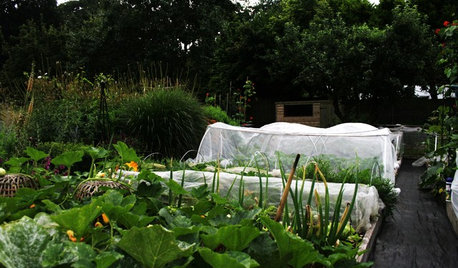
EDIBLE GARDENSFood and Community Thrive in a U.K. Allotment Garden
Get a peek at a rented garden plot in England where edibles and flowers mix and local residents can mingle
Full Story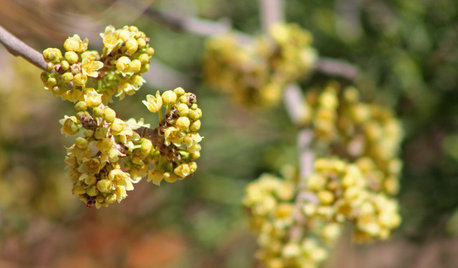
GARDENING GUIDESGreat Design Plants: Rhus Trilobata
Plant skunkbush sumac for its brilliant fall color, and tiny late-winter flowers that provide food for pollinators
Full Story
GARDENING GUIDESPrunus Virginiana Thrives Under Deciduous Trees
Plant chokecherry for showy white flowers favored by native bees in spring, and to provide nesting habitat and food for birds
Full Story
GARDENING GUIDESYes, You Can Grow Food in a Shady Yard
Your shady garden doesn’t have to be forever barren. Berries, herbs and other shade-loving plants can produce a delicious bounty
Full Story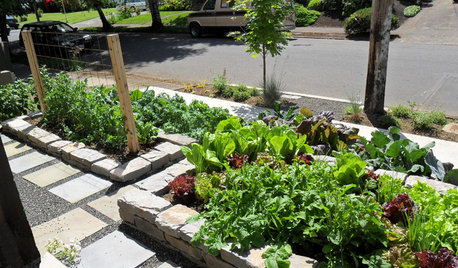
FRONT YARD IDEASWelcome Edibles Into the Front Yard for Fresh Food and More
Give your front yard design a boost and maybe even make new friends by growing fruits and vegetables
Full Story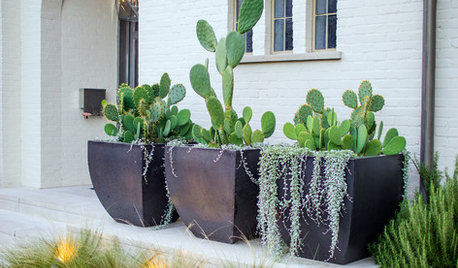
CONTAINER GARDENSCactus and Succulent Containers Are Ideal for Hot, Sunny Spots
Bring on the sun with these heat-loving succulent container gardens
Full Story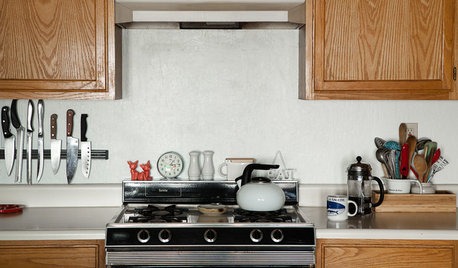
KITCHEN DESIGNDeliciously Simple: Food Photographer Warms Up a Rental Kitchen
See how a San Francisco cook and blogger makes her small kitchen shine
Full Story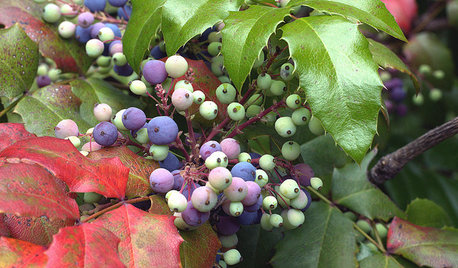
GARDENING GUIDESGreat Design Plant: Mahonia Aquifolium for Birds
Oregon grape puts on a bold spectacle from spring through winter and is ideal to brighten partly shady corners in the U.S. West
Full Story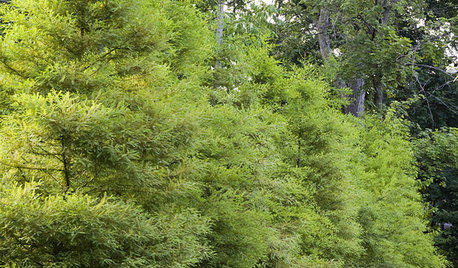
GARDENING AND LANDSCAPINGGreat Design Plant: Bald Cypress
Enjoy this beautiful tree's feathery foilage, fall color and tolerance of wet and dry soils
Full StorySponsored






TheMasterGardener1Original Author
TheMasterGardener1Original Author
Related Professionals
70037 Landscape Architects & Landscape Designers · Wakefield Landscape Contractors · El Mirage Landscape Contractors · Fairhope Landscape Contractors · Gresham Landscape Contractors · McLean Landscape Contractors · Panama City Beach Landscape Contractors · Reedley Landscape Contractors · Woodland Landscape Contractors · Sun Valley Landscape Contractors · Glen Burnie Siding & Exteriors · Riverside Siding & Exteriors · Wheeling Siding & Exteriors · Carpinteria Solar Energy Systems · Lodi Solar Energy SystemsJeanine Gurley
plot_thickens
feijoas
plot_thickens
TheMasterGardener1Original Author
TheMasterGardener1Original Author
plot_thickens
TheMasterGardener1Original Author
plot_thickens
TheMasterGardener1Original Author
plot_thickens
TheMasterGardener1Original Author
plot_thickens
TheMasterGardener1Original Author
TheMasterGardener1Original Author
plot_thickens
feijoas
Belgianpup
plot_thickens
Belgianpup
plot_thickens